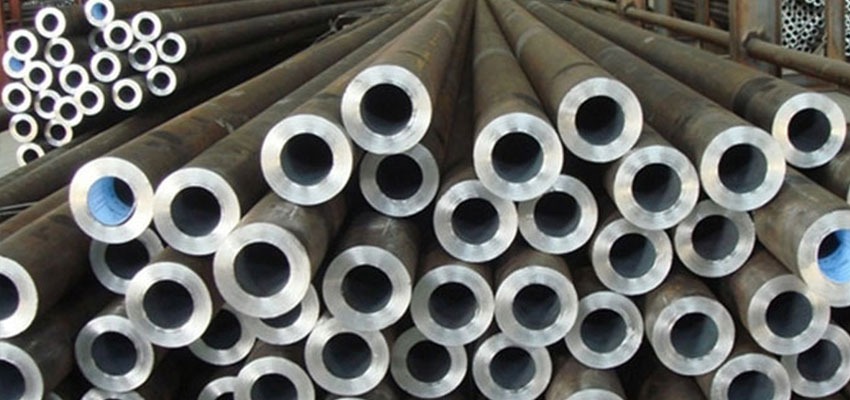Let’s dive into the key benefits of ASTM A335 P91 pipes and uncover what makes them a top-tier choice for high-performance applications.
- Exceptional High-Temperature Strength
ASTM A335 P91 pipes are engineered to perform under extreme thermal conditions. Thanks to their enhanced chromium (9%) and molybdenum (1%) content, these pipes demonstrate superior resistance to deformation and structural failure, even when operating at temperatures over 600°C (1112°F). This high-temperature capability makes them ideal for:
- Superheater and reheater tubes
- Steam pipelines
- High-pressure boiler systems
The strength at elevated temperatures translates to longer service life and fewer replacements—critical in reducing operational downtimes.

- Superior Creep Resistance
One of the defining characteristics of P91 alloy steel is its creep resistance—the ability to resist slow, permanent deformation under prolonged stress. For industries where continuous high-temperature service is the norm, such as thermal and nuclear power generation, this property is invaluable. P91's finely balanced microstructure, achieved through precise heat treatment, allows it to maintain dimensional integrity over years of use.
- Corrosion and Oxidation Resistance
With high chromium and molybdenum content, ASTM A335 P91 pipes also offer solid resistance to both oxidation and corrosion. These elements form a passive protective layer on the surface of the pipe, safeguarding it from aggressive environments such as:
- Flue gas streams
- Superheated steam
- Sulfur-laden atmospheres
This reduces the risk of corrosion-induced failures and minimizes maintenance efforts, especially in chemical processing plants and refineries.
- Weldability and Fabrication Advantages
Despite its robustness, P91 steel is relatively weldable when proper procedures are followed. Pre-heating, controlled welding, and post-weld heat treatment (PWHT) are required to maintain microstructural integrity and avoid cracking. Once these steps are in place, P91 can be reliably fabricated for complex piping systems.
Its compatibility with modern fabrication techniques ensures a smooth installation process and enhances project efficiency—especially for custom, high-spec installations.
- Compliance and Standardization
ASTM A335 P91 pipes are manufactured under rigorous ASTM specifications, ensuring uniformity in mechanical properties, chemical composition, and dimensional tolerances. This not only simplifies procurement but also supports global compliance and certification processes, making P91 pipes a reliable choice for international projects.
- Cost-Effectiveness Over Time
Although P91 pipes might involve a higher upfront investment compared to carbon steel alternatives, they deliver exceptional long-term value through:
- Reduced maintenance costs
- Fewer replacements
- Increased energy efficiency through better thermal performance
For industries aiming for reliability and sustainability, P91 proves to be a smart, cost-effective solution in the long run.
Final Thoughts
ASTM A335 P91 pipes represent a blend of metallurgical innovation and real-world practicality. Their high-temperature strength, corrosion resistance, and longevity make them an indispensable component in high-demand industries. As power generation and petrochemical sectors continue to evolve and push performance boundaries, the role of reliable materials like P91 will only grow stronger.
If you’re looking to future-proof your high-temperature piping systems, investing in ASTM A335 P91 might just be the smartest move you make.